
Charlie Chaplin’s Tramp lives on
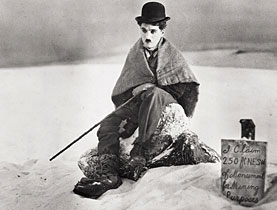
Oversized shoes, baggy trousers, bowler hat, moustache and cane – the character of a bumbling but well-mannered vagrant made Charlie Chaplin immortal.
Exactly 30 years ago the comedy giant died aged 88 in Vevey, western Switzerland, where he had lived since 1952.
As the Tramp, he bewitched women, protected the weak, got one over on the authorities, fought tyranny – and created cinema history.
The creator of this inimitable figure was born Charles Spencer Chaplin in London on April 16, 1889. His parents, both music hall entertainers, separated before he was three. His father died from alcohol abuse in 1901 and his mentally ill mother put him and his brother into a home.
Chaplin made his stage debut at the age of five and at 12 he got his first lead role, with tours following.
On a 1913 tour of the United States, Chaplin was spotted by film producer Mack Sennett, who hired him for his studio, the Keystone Film Company.
Ambition
The original plan was for the slight Englishman to build up a little-and-large slapstick routine with Fatty Arbuckle, but instead Chaplin developed his tramp character and quickly learned the art and craft of filmmaking.
His success was astonishing: his first salary under Sennett was $150 a week, two years later he was on $1,250, the following year $10,000, and by 1918 he was being paid a million dollars a year and was the most popular comedian in the world.
In 1919 Chaplin co-founded the United Artists film distribution company with Mary Pickford, Douglas Fairbanks and DW Griffith, all of whom were seeking to escape the growing power consolidation of film distributors and financiers in the developing Hollywood studio system.
Ambitious full-length films followed, and Chaplin’s perfectionism and courage ensured that films such as The Kid (1921), Gold Rush (1925), City Lights (1931) and Modern Times (1936) became cinema classics.
Witchhunt
Chaplin’s silent films made before the Great Depression in 1929 did not usually contain overt political themes or messages, apart from the Tramp’s plight in poverty and his run-ins with the law, but his later films were more openly political.
Modern Times depicts workers and poor people in dismal conditions. The final dramatic speech in The Great Dictator (1940) was critical of following patriotic nationalism without question.
Chaplin’s political views might seem tame by modern standards, but in the 1940s his views were seen by many as communist.
During the McCarthyism witchhunts of the 1950s, Chaplin was accused of “un-American activities” as a suspected communist sympathiser. Head of the FBI J. Edgar Hoover instructed the FBI to keep extensive files on him and tried to end his US residency (Chaplin had always retained his British nationality).
In 1952 Chaplin visited Britain for a film premiere, but had his re-entry permit revoked by Hoover. As a result, Chaplin chose to live in exile in Switzerland with his family, moving to the Manoir de Ban in Corsier-sur-Vevey, overlooking Lake Geneva.
Heritage site
Chaplin made his last film, A Countess from Hong Kong, in 1966 and he returned to Hollywood to receive a special Oscar in 1973. He was knighted by Queen Elizabeth II two years later.
He was buried in Corsier-Sur-Vevey cemetery, but in March 1978 his corpse was stolen by a Polish-Bulgarian gang in an attempt to extort money from his family. The plot failed, the robbers were captured, and the corpse was recovered 11 weeks later near Lake Geneva. Chaplin’s body was reburied under two metres of concrete to prevent further theft attempts.
The Manoir de Ban is now destined to become the “Charlie Chaplin Heritage Site”. A museum devoted to the film pioneer and the early days of Hollywood, the site will also include a film theatre, outdoor stage, film school and restaurant.
The project had been on ice for over a year owing to legal wrangles, but in December it was announced that investors had agreed in principle to buy the Manoir de Ban and that building could be finished by summer 2009.
swissinfo, based on a German article by Philippe Triverio
Chaplin was born on April 16, 1889, in London.
He began his career as an actor on the English stage in 1903.
In 1914 he made his first screen appearance.
After being accused of being a communist sympathiser, he left the United States for good in 1952 and settled in Switzerland.
He died at his Swiss estate in Corsier-sur-Vevey on December 25, 1977.
The Chaplin Museum foundation has been trying for years to turn the comedian’s old home in Corsier-sur-Vevey into a museum.
It had originally hoped to open the museum on the 30th anniversary of Chaplin’s death, but a resident at the Manoir de Ban had lodged a complaint, which was dismissed in December – although the issue can still be taken to the federal court.
It was announced in December that two buyers had been found who were willing to pay SFr7 million ($6 million) for the Manoir de Ban.
However, an additional SFr23 million would be needed for renovation and completion of the rebuilding would take an estimated 15 months.

In compliance with the JTI standards
More: SWI swissinfo.ch certified by the Journalism Trust Initiative

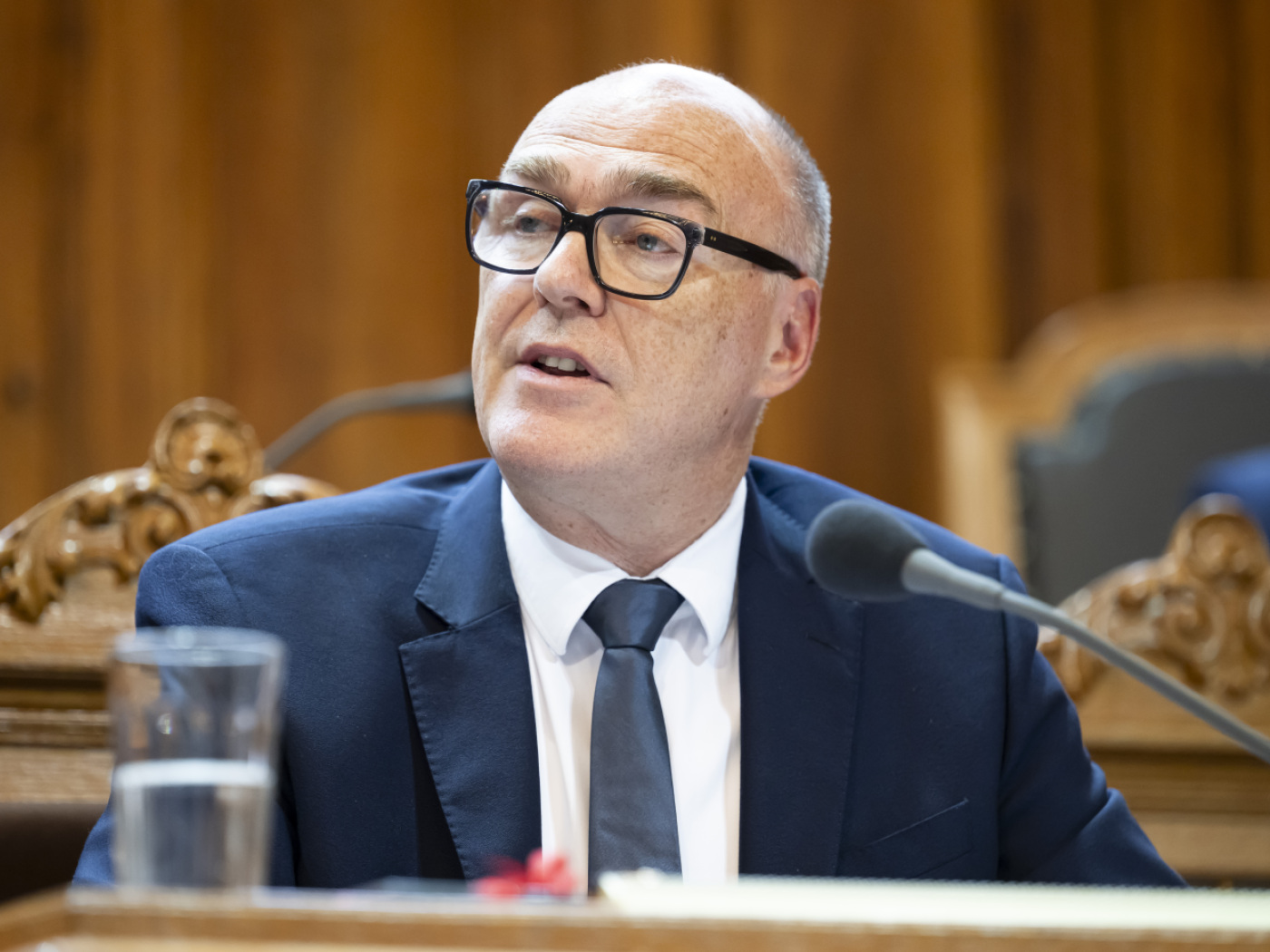





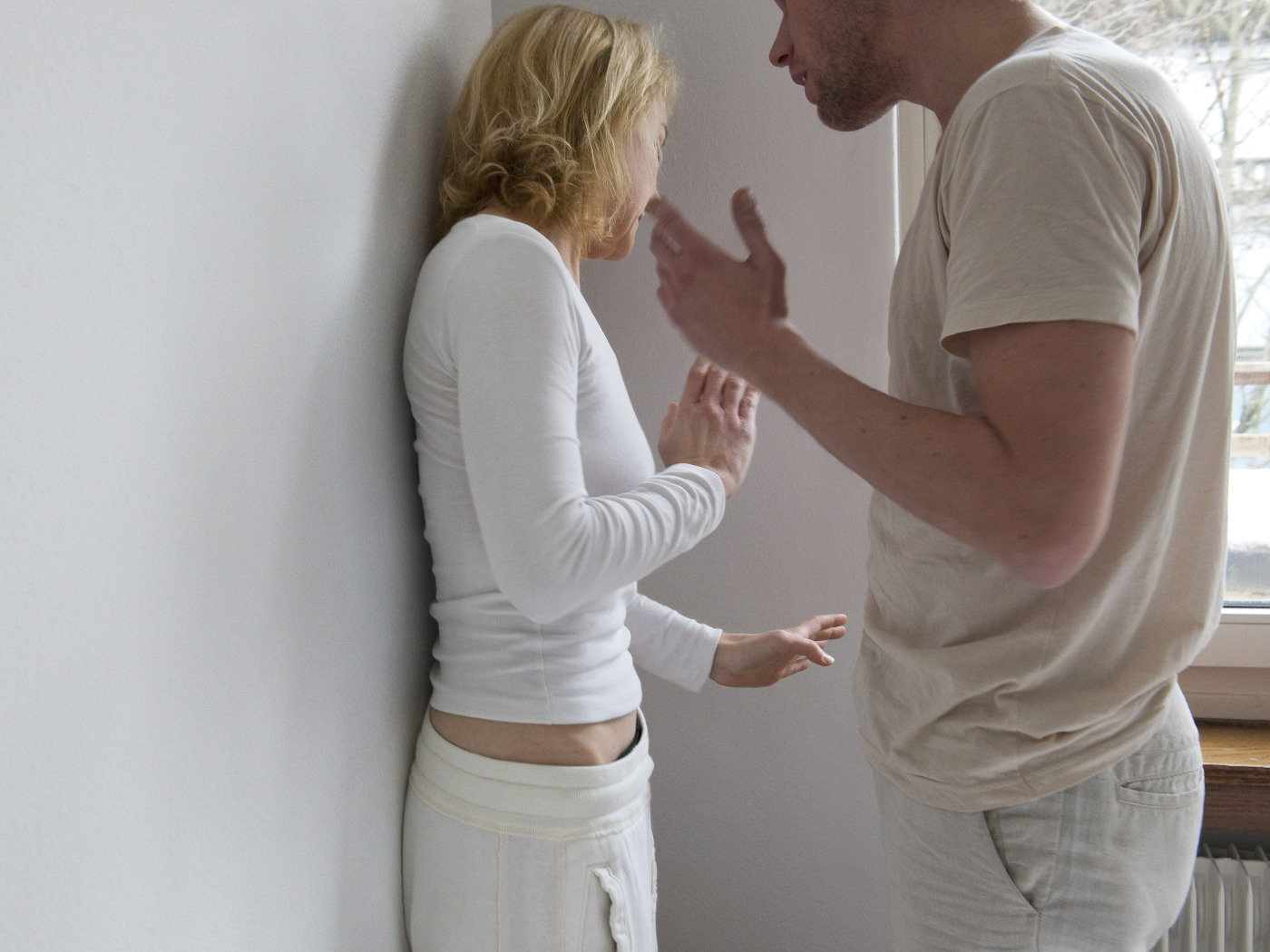



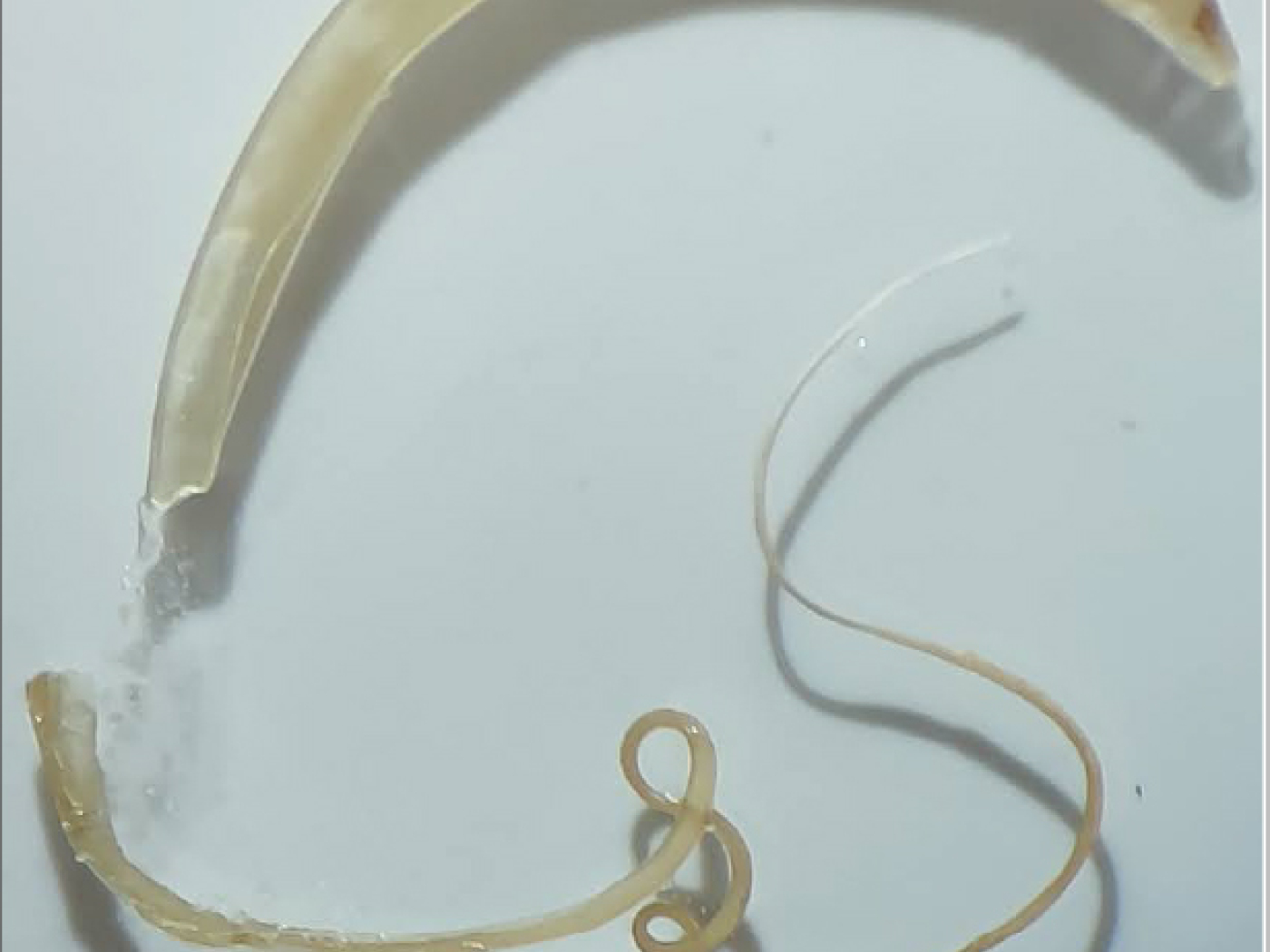









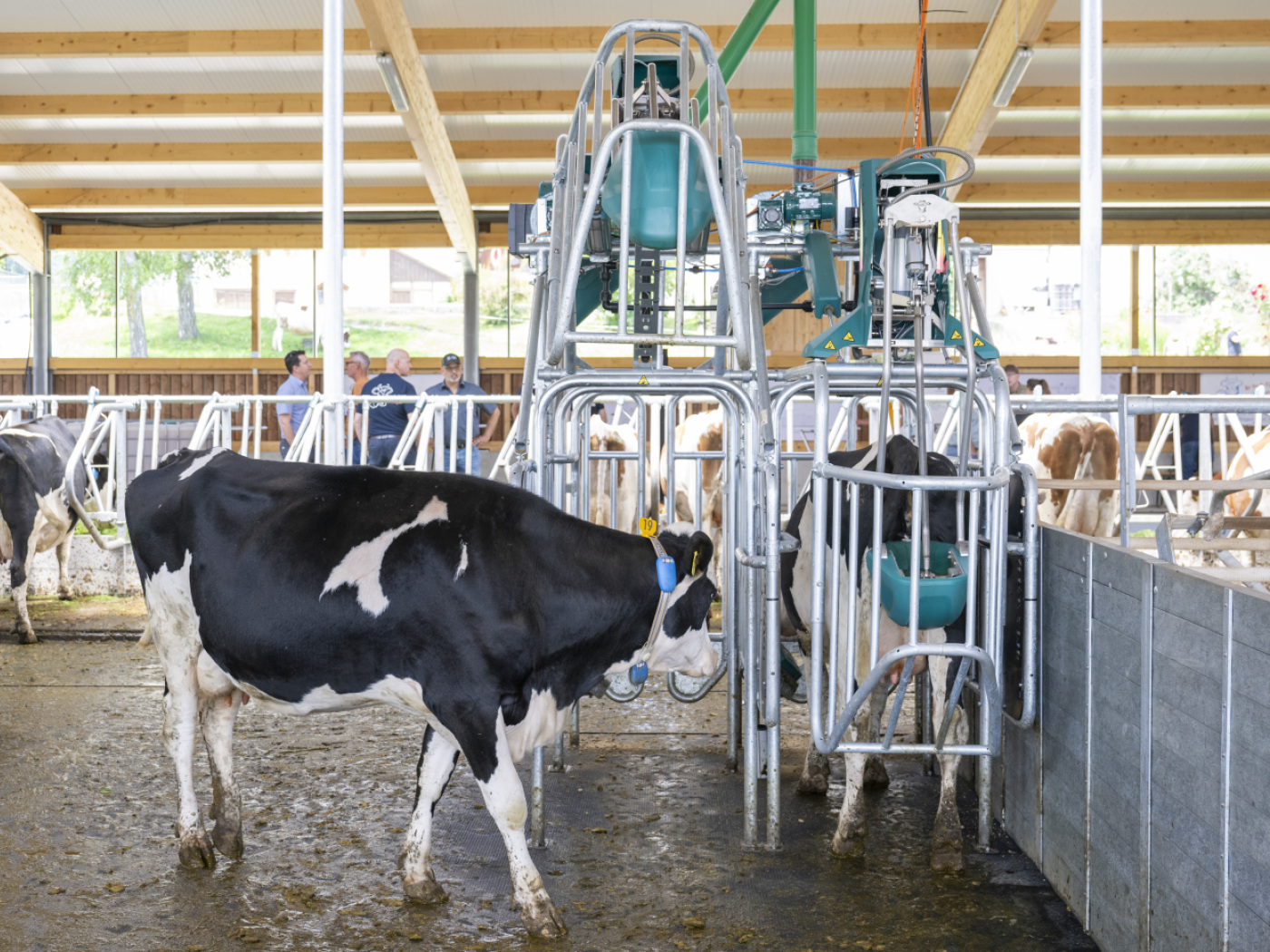














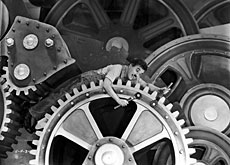

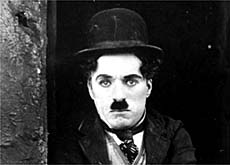
You can find an overview of ongoing debates with our journalists here . Please join us!
If you want to start a conversation about a topic raised in this article or want to report factual errors, email us at english@swissinfo.ch.